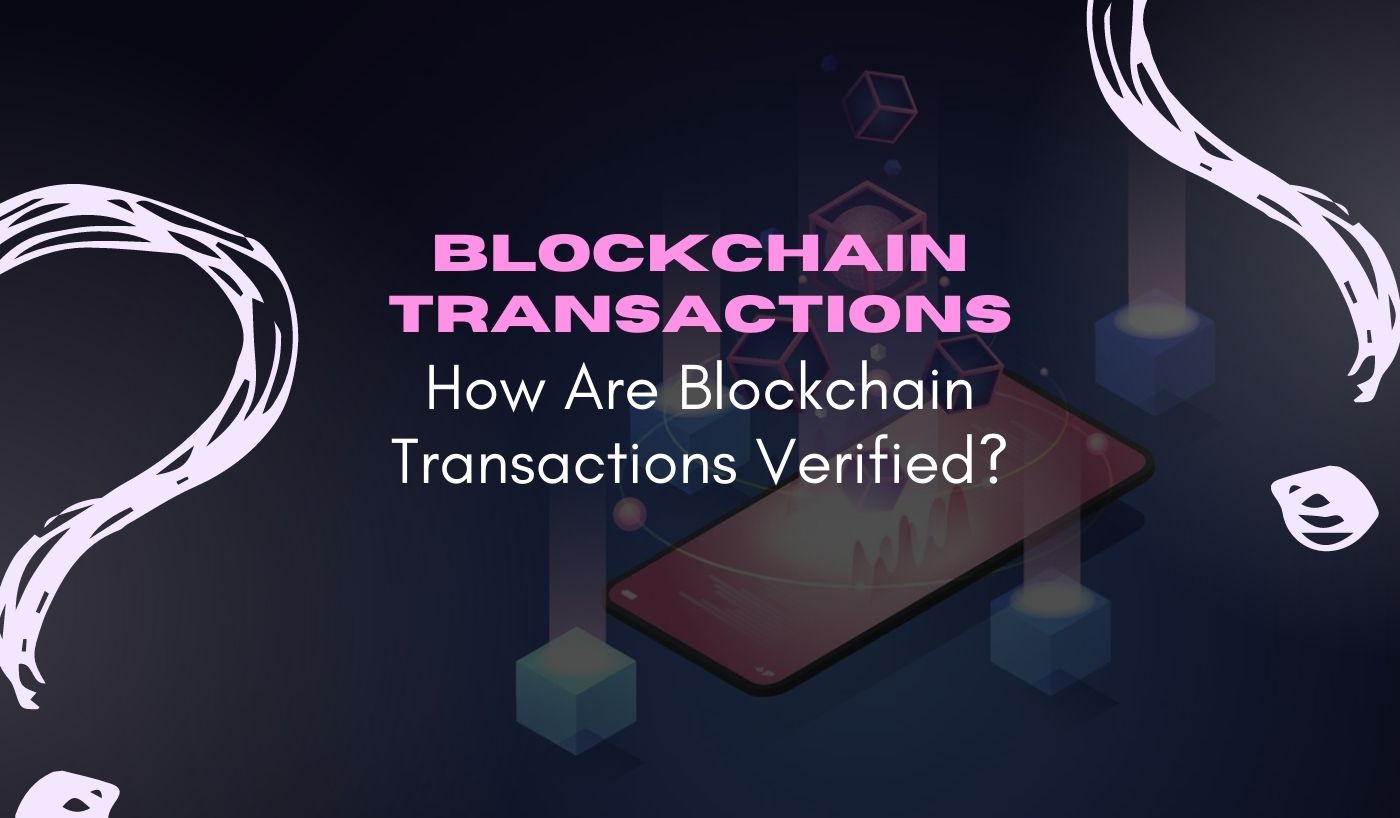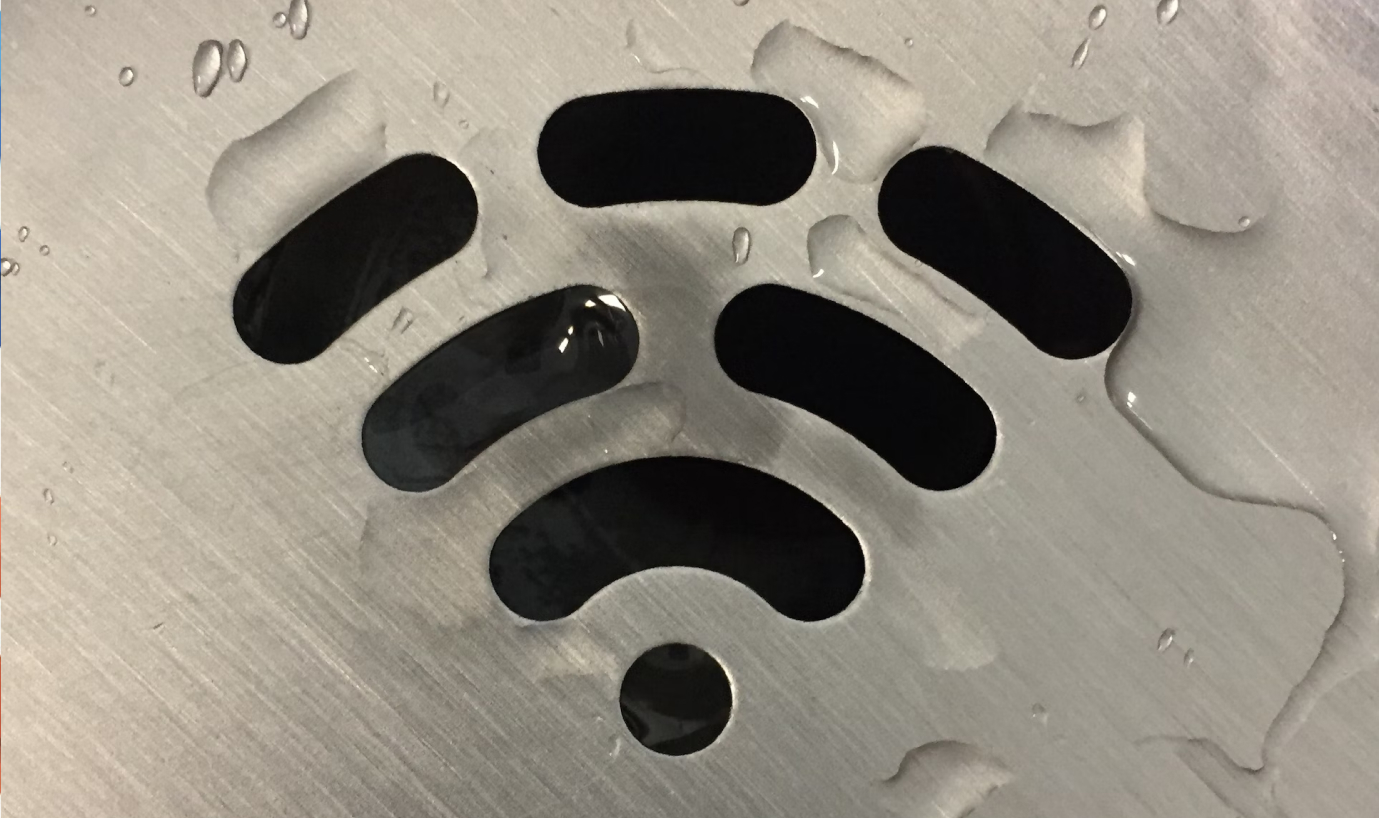You’ve probably heard that despite a central (or human) body to validate and manage the process, blockchain transactions are very secure and conducted with near-perfect precision. That seems incredible, but how is it possible?
Crypto blockchain networks use precise algorithms to protect, validate, and self-govern blockchain activity. Developers pioneered a verification system known as Proof of Work (PoW) in the case of Bitcoin, the first cryptocurrency.
So, how exactly does it all work? Let us explore this by knowing some basics first.
What is Blockchain?
A blockchain is a distributed database or ledger that is shared by nodes on a computer network. A blockchain, like a database, electronically preserves information in digital format. Blockchains are well known for their vital role in cryptocurrency systems such as Bitcoin, where they maintain a decentralized record of transactions. The blockchain is unique in that it maintains the correctness and security of a data record while also generating trust without trusted third-party support.
The way data is arranged in a standard database versus a blockchain differs dramatically. A blockchain collects information in the form of groups known as blocks, which retain data. When a block’s storage capacity is achieved, it is closed and joined to the preceding full block, resulting in the blockchain, a data chain. All new information that comes after that freshly added block is combined into a newly formed block, which is then added to the chain after it is finished.
A database organizes its data into tables, but a blockchain, as the name implies, organizes its data into chunks (blocks) that are connected. This data structure produces an irreversible data timeline when applied in a decentralized manner. When a block is finished, it becomes permanent and is added to this timeline. As a new block is added to the chain, it is given a certain timestamp.
How is a transaction verified in the blockchain?
A transaction must be validated and authorized before putting it into the blockchain. A transaction must go through many essential phases before putting it into the blockchain. Today, we’ll look at cryptographic key authentication, proof of work authorization, the function of mining, and the more recent use of Proof of Stake (PoW) protocols in later blockchain networks.
1. Authentication
Although the original blockchain was supposed to operate without a central authority (i.e., no bank or regulator regulating who transacts), validating transactions.
This validation is accomplished using cryptographic keys. These keys are strings of data that validate users and let them retrieve their value in terms of “account” or “wallet” on the system.
Each user has a private and a public key that is visible to everyone. Employing them together provides a secure digital identity that authenticates the person via digital signatures and ‘unlocks’ the transaction.
2. Authorization
Once the users have agreed on a transaction, it must be approved or authorized before adding to a block in the chain.
The decision to add a transaction to a public blockchain is decided by consensus. This additionally implies that most of the network’s nodes have genuine transactions.
3. Proof of Work
PoW forces the network’s computer owners to solve a challenging mathematical problem to add a block to the chain. Mining is about solving a problem, and ‘miners’ are frequently compensated in cryptocurrencies.
But mining is not a simple task. It is math. Only a trial and error can solve the mathematical issue, and the chances of success are around 1 in 5.9 trillion. It necessitates a significant amount of computational power, which consumes a countable quantity of energy. This consumption means that the benefits of mining must surpass the costs of the computers and the electricity used to power them, as a single computer would take years to solve the mathematical problem.
4. Knowing the Power of Mining
According to the Cambridge Bitcoin Energy Consumption Index, the Bitcoin mining network consumes almost 70 TWh of power each year, ranking it as the 40th greatest electricity usage by the “country.”
5. The Problem with Proof of Work
To obtain economies of scale, miners may pool their resources through businesses that aggregate a large group of miners. The revenue and fees generated by the blockchain network are then divided among these miners.
When a chain grows longer, more computers join the challenge, and the complexity increases. And the network grows in size, presumably distributing the chain broader and making sabotage or hacking more difficult. Mining power, on the other hand, has become concentrated in a few mining pools. These big organizations now have the computational and electrical capacity to support and construct a Proof of Work blockchain network.
6. Proof of Stake
Later blockchain networks used “Proof of Stake” validation consensus procedures, in which members must have a stake in the blockchain – often by holding some cryptocurrency – to choose, verify, and validate transactions. Because no mining is necessary, this saves significant computational power resources.
Moreover, blockchain technology has grown to incorporate “Smart Contracts,” which execute transactions automatically when specific criteria are satisfied.
What are Proof-of-Work Verification Systems?
One of the most important advantages of Proof-of-Work is that it inhibits plagiarism. Spend twice as much on a single transaction. You cannot spend the same amount of money on a loaf of bread and a gallon of milk. The money is no longer available.
Yet, because no central entity regulates or supervises transactions, there is a legitimate risk of double spending with bitcoins. If cryptocurrency could be spent more than once, it would become worthless.
With a PoW network, all transactions are confirmed and broadcast to the whole network, making it difficult to edit or tamper with them. When you send one Bitcoin to someone, the network receives and retains the data. The same Bitcoin (in terms of address) cannot be used again.
As a result, Proof-of-Work based cryptocurrencies such as Bitcoin are almost tamper-proof. To change the contents of a block, an opposing actor, such as a fraudster or hacker, would have to edit previous blocks, and all the network’s computers would have to agree to the changes. Even if it could be done, the time, effort, and money of such a massive project would most likely outweigh any potential financial advantage from tampering with the blockchain. As a result, while tampering is not impossible, it is exceedingly unlikely.
Are Blockchain Transactions Secure?
Blockchain technology enables decentralized security, and it is continually appended to the end of the chain of the block. It is difficult to modify the contents of a block after it has been added to the blockchain unless several networks allow it to do so. This is because each block has its hash, as well as the hash of the block before it and the date. Hash codes are generated by a mathematical procedure that turns digital information into a string of numbers and characters. If the data is updated in any way, the hash code changes as well.
Consider a hacker who accesses a node on a blockchain network and wishes to modify the blockchain and steal everyone’s Bitcoin. If they updated their copy, it would no longer be consistent with the copies generated by everyone else. As everyone else compares their duplicates, they will see that this one copy sticks out, and the hacker’s version of the chain will be marked as invalid.
To be successful, the hacker would need to hold and modify at least 51% of the blockchain copies at the same time, making their new copy the majority copy and, thus, the agreed-upon chain. Because each block must be rewritten because its timestamps and hash codes have changed, such an attack would be exceedingly costly and resource-consuming.
Due to the size of many cryptocurrency networks and how rapidly they are evolving, such a feat would almost certainly be prohibitively expensive. This would not only be exceedingly expensive, but it would also most likely be worthless. Since network participants would notice such massive modifications to the blockchain, such an action would not go unnoticed. Users on the network would then be forced to migrate to an unaffected chain version.
As a result, the attacked token version loses value, rendering the attack ineffective because the bad party now controls a worthless asset. If the hostile entity targeted Bitcoin’s most recent fork, an identical scenario would play out. As a result, participating in the network is significantly more profitable than attacking it.
Why does it take so long for some transactions to be confirmed?
Each block can contain a maximum number of transactions, determined by the block size, which is 1MB. The free market develops because of the limited amount of available space. Miners who accept fees select to include only transactions with high enough fees in the next block. As a result, higher fees incentivize miners to prioritize your transactions.
It should be emphasized that the block size is an arbitrary limit. However, the Bitcoin community has chosen to keep it as small as possible to simplify the operation of Bitcoin nodes. Bitcoin Cash, a fork of Bitcoin, features a larger block size and hence charges (much) less for transactions.
Key Takeaways
- A blockchain is a particular kind of shared database. Compared to other databases, it saves inter-linked data in blocks via cryptography.
- A new block is a result of new data streams.
- Although different data types may be stored on a blockchain, the most common application has been a transaction ledger.
- Blockchain is utilized in a decentralized manner, ensuring that no user or organization has power but rather that all users collectively maintain control.
- As decentralized blockchains are immutable, the data placed into them cannot be changed. This implies that transactions made using Bitcoin are publicly visible and permanently recorded.
- The transaction is either quickly validated or recorded in a secured record and added to a queue of pending transactions, depending on the network’s specifications. In this scenario, the network’s nodes—the computers or servers—assess the validity of the transactions using a set of predetermined rules.
- Cryptocurrencies like Bitcoin may run decentralized, thanks to a method called proof of work.
- Blockchain networks may now function by consensus rules rather than “trust,” thanks to proof of work.




